
The Fashion Houses That Went from Bankruptcy to Billions – Part 2

In fashion, everything is in a flux and nothing is certainly permanent. Even if creative directors leave their posts and the fashion houses and companies shut operations, opportunities for reinvention are often waiting just around the corner. Some of the most successful fashion businesses went through years/decades of financial turmoil before achieving the level of global success earned today. Here we discuss the rise, fall and recovery of 4 huge fashion brands;
MARC JACOBS

Rising Star: Marc Jacobs was a club kid of the 80’s but he had an uncanny knack about New York’s cool culture. In 1984, he could manage to sell his entire Parsons graduate collection of Op-Art sweaters to the famous Charivari and in 1986, his talent was recognized when he debuted his ready-to-wear collection. In 1987, he bagged the CFDA’s Perry Ellis Award for New Fashion Talent, now better recognized as the prestigious Swarovski Award.
Breaking Point: In 1989, the fashion prodigy and Robert Duffy, his business partner, were both hired by Perry Ellis to resuscitate the struggling brand. However, Jacobs’ tenure there was abruptly cut short in 1993 when he was dismissed due to the fall-out of the runway debut of the iconic “grunge” collection. The cartoon t-shirts and Seattle-grunge enthused looks were much-copied by high street brands and a favorite of editors but the high-end Fashion version did not sell.
Return: By 1997, Jacobs and Duffy were almost bankrupt, when they were hired by Arnault, LVMH chief executive to devise a fashion identity for luggage brand Louis Vuitton and he also invested in the Marc Jacobs brand. Their success led to a secondary line, Marc by Marc Jacobs, in spring 2001 and a successful brand of designer It-bags and It-shoes. Jacobs had now become a sought after brand in the apparel and accessories retail game. In 2013, when Jacobs exited Louis Vuitton, his company was generating $1 billion in annual revenues. In 2015, folding the Marc x Marc collection back for the main line was announced, leading to another era of successful designs.
BALMAIN
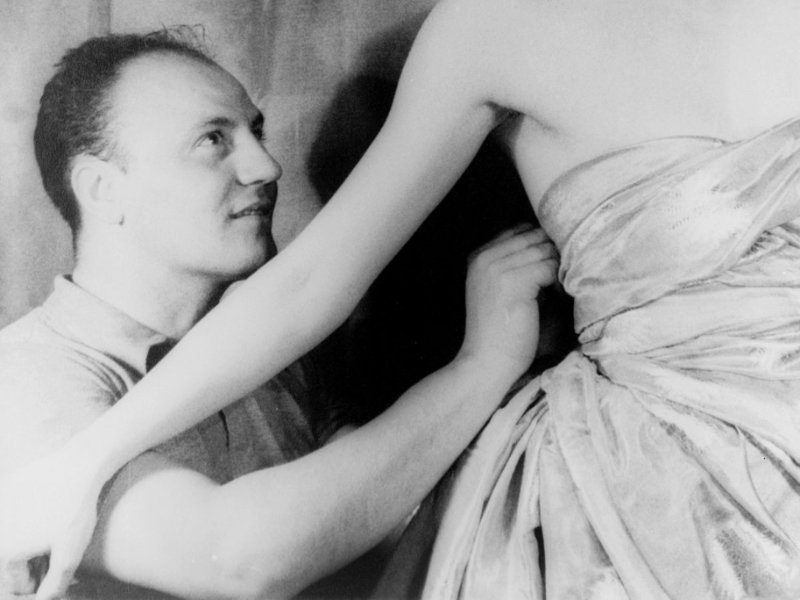
Rise: Pierre Balmain was the designer of choice for Major Hollywood stars like Ava Gardner and Brigitte Bardot and with Balmain’s death in 1982, a series of designers such as Oscar de la Renta, (1993 to 2002), followed.
Breaking Point: In 2004, a mere 2 years after Oscar’s departure, the fashion house opted for bankruptcy protection following an incident where a crucial investor had failed to honour their financial commitments.
Return: French businessman Alain Hivelin, turned around business fortunes by hiring Christophe Decarnin as designer in 2005. Decarnin’s embellished and sharp-shouldered styles differed from the conservative elegance for which Balmain was famous. After Decarnin’s exit in 2011, Hivelin introduced a 24-year-old youngster Olivier Rousteing, whose modern designs boosted sales to €121.5 million in 2015. In 2016, the owners including the heirs of Hivelin (he passed away in 2014), decided to sell off Balmain for €485 million to Mayhoola, a Qatari investment firm which also owned Valentino.
GUCCI

Rise: Guccio Gucci, a saddle maker who designed bags for his horse-riding customers, established Gucci the Italian fashion house in 1921 in Florence. By 1950’s, Gucci’s sleek look became a favorite with trendy film stars and wealthy travellers.
Breaking Point: Family disputes in the 1970s and 1980s left the company in utter disarray, and by 1993 the business was bankrupt.
Return: CEO Domenico De Sole endorsed Tom Ford, whose racy, ‘70s-inspired designs forced Gucci into a standoff with LVMH, who was keen on a hostile takeover in the year 1999. French corporate Kering was incorporated as a partner, and by 2001, it purchased a controlling stake in the Gucci Group. However, Ford and De Sole had left the company in 2003 after a series of failed contract negotiations. Gucci had a surge in salesnafter Alessandro Michele took over in 2015 and his dreamy designs were the counter-point to the minimalists. The brand’s annual revenue exceeded €4 billion for the first time in 2015, aspiring to reach €6 billion.
MICHAEL KORS
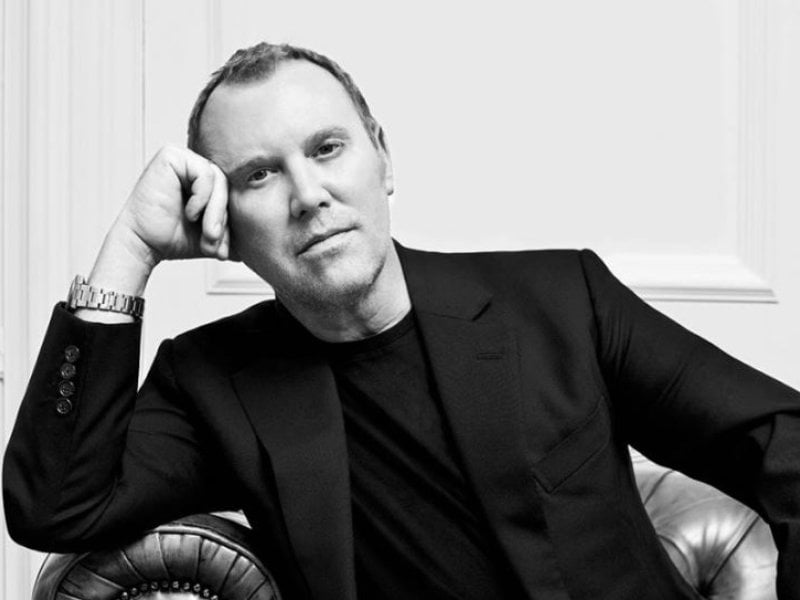
Rise: Michael Kors designed and sold sportswear from his mother’s home on Long Island while still in school, but his label, launched in 1981, earned praise from Dawn Mello, the Bergdorf Goodman fashion designer. His hosting of trunk shows throughout the country, and designing All-American styles inspired by American icons, earned praise from editors and clients.
Breaking Point: By the 1990s, Kors’ business was in trouble as the lower-priced line, CIA, USA, chose to stop producing it and drastically reduced the designer’s revenues. He filed for bankruptcy protection in 1993. The clear message was the extremely difficulty in making money from designer fashion these days.
Return: By 1997, Kors was financially restructured with an investment by LVMH, and Kors became creative director of Céline. In 2003, LVMH sold the 33% stake to 2 of Tommy Hilfiger’s investors, Lawrence Stroll and Silas Chou. In 2004, Kors joined the reality TV show Project Runway, as a judge and introduced his brand to millions of viewers. Michael Kors, the company, went public in 2011, a move which made the designer a billionaire. The company’s net sales in 2015, exceeded $4.5 billion.
More in Top Bank Accounts
-
`
Famous Entrepreneurs Want You to Learn From Their Biggest Failures
No one can be an overnight success, as failure is an inevitable baggage on an entrepreneurial journey. Some famous entrepreneurs speak...
December 6, 2023 -
`
Miss your Pet When Traveling? Book These Hotels if You Want a Furry or Feathered Friend Welcoming You at the Lobby
Do you miss your pet, having left him/her behind when traveling? At some hotels, you get your “I-really-miss-my-pet” fix, all thanks...
December 6, 2023 -
`
Downsizing after Retirement is a Pain, but Here’s How You Can Go About It
Retirement needs extensive planning, and it is not just finances. Without proper plans for this next phase of life, chances are...
December 6, 2023 -
`
These are Some of the Greatest Inheritances Recorded the World-over
The Bloomberg Billionaires Index has listed the 25 richest families around the globe, and control over 1 trillion dollars of the...
December 5, 2023 -
`
Stunning Hotels Around the World Which Even Celebrities Fawn Over
Where do Celebs vacation? In certain aspects, superstars are similar to us, but not when it comes to vacation lodging. Stars...
December 1, 2023 -
`
Unlocking Financial Success: Timeless Wisdom from John Paul DeJoria
In a recent interview with Forbes, John Paul DeJoria, the visionary entrepreneur behind Paul Mitchell and Patrón Tequila, shared a wealth...
November 8, 2023 -
`
The Ultra Wealthy Want Their Privacy and They’ll Do Anything to Get It
Ultra-rich rapper Nicki Minaj in her pink Lamborghini worth $400,000 or celebrity entrepreneur Mark Cuban stepping out from his private jet worth $40...
October 31, 2023 -
`
How Celebrities Managed to Solve Their Financial Woes
Celebrities have lost billions and filed for bankruptcy while drowning in debt. If they can resolve their financial issues, then so...
September 8, 2023 -
`
Useful Real Estate Strategies at Various Stages of an Investing Career
There is no one perfect investing approach, as real estate investors are aware. At various phases of your investing career, investigate...
September 2, 2023






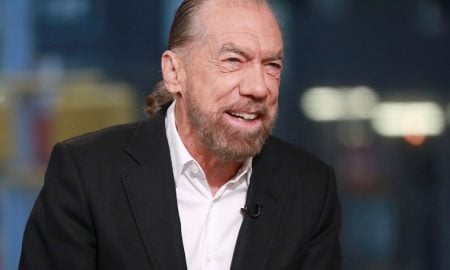

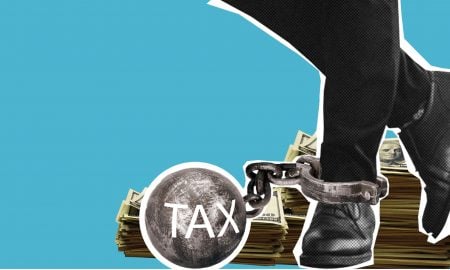




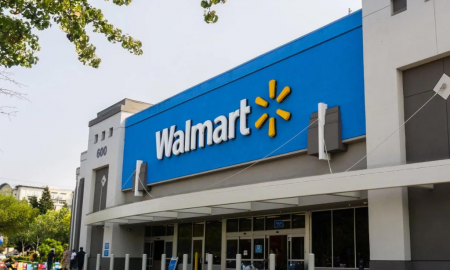

You must be logged in to post a comment Login